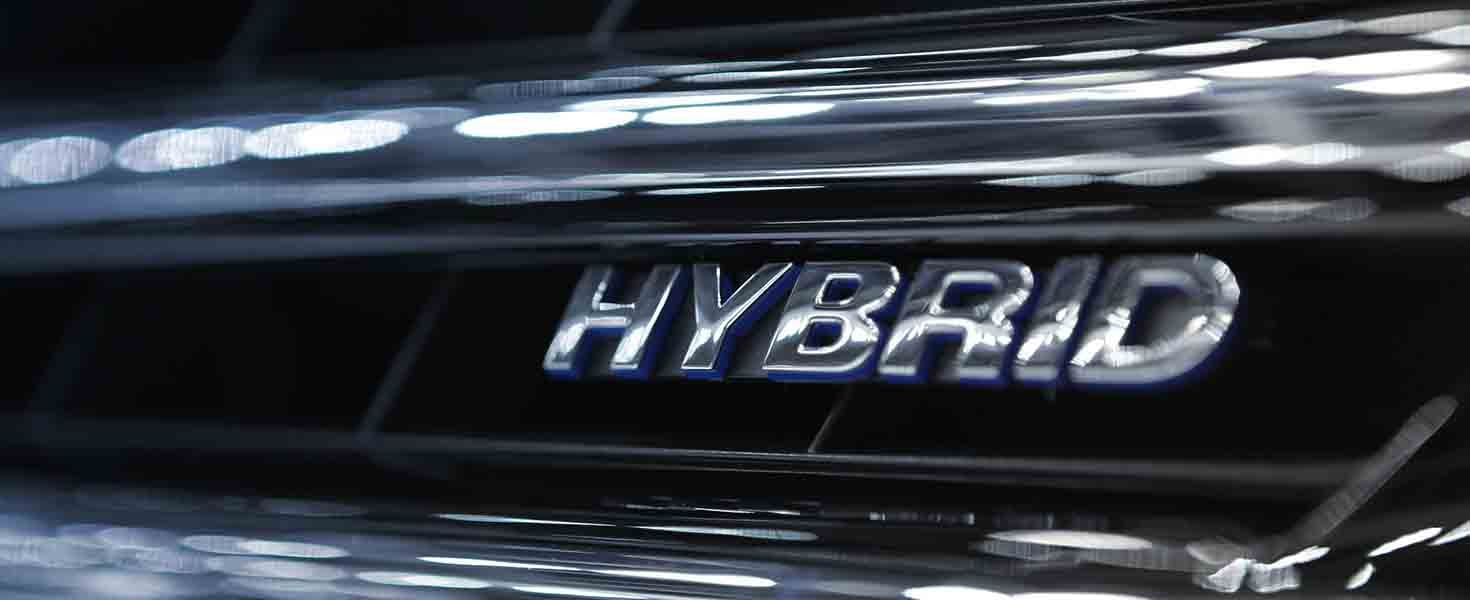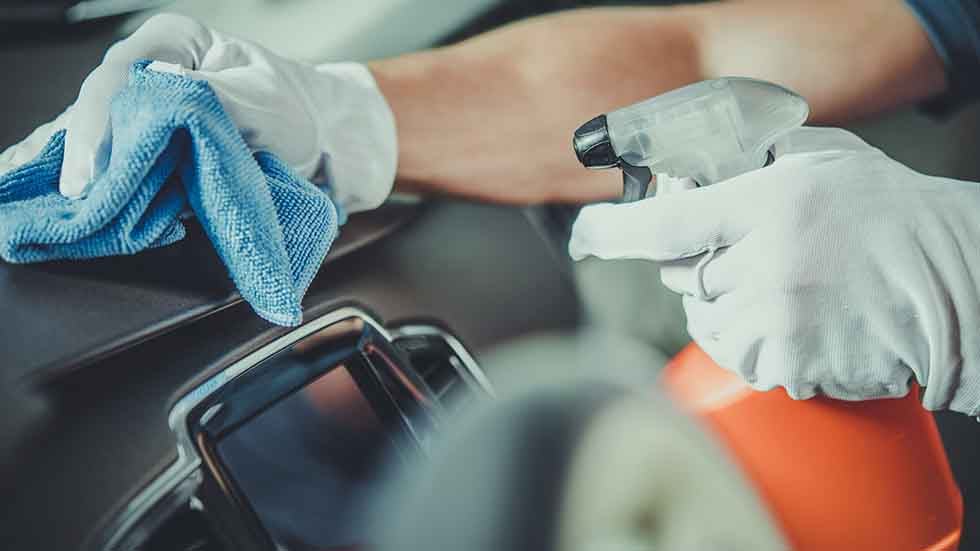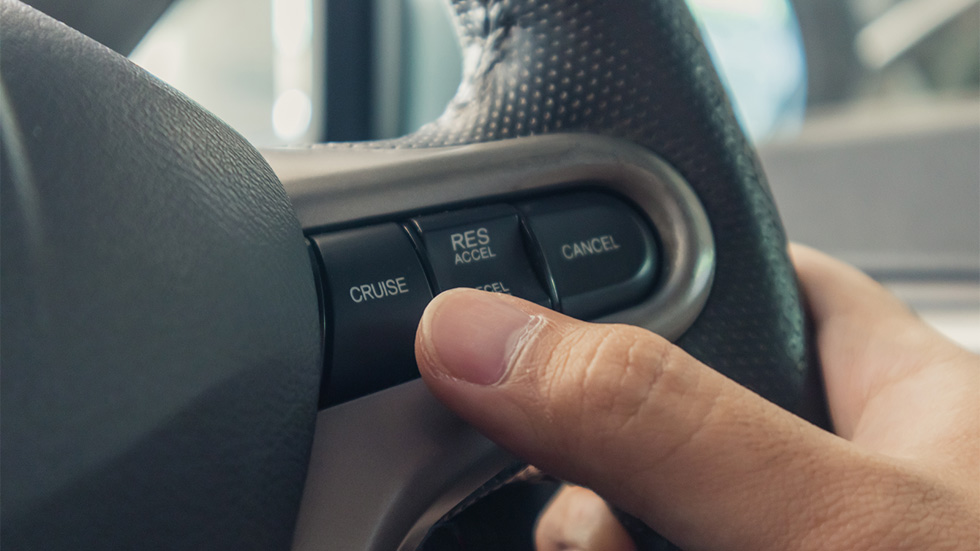You Can Be Eco-Friendly No Matter What Car You Drive
7 easy ways to reduce your vehicle's carbon footprint


Looking to be a more eco-friendly driver but not quite ready to ditch your gas guzzler for a Tesla? Don't worry. There are still plenty of things you can do with your existing vehicle to be more environmentally responsible.
Fill under-inflated tires
Checking your tire pressures monthly, especially in colder weather, is a great way to shrink your vehicle's carbon footprint in multiple ways. Firstly, under-inflated tires take more energy to roll, which means your vehicle's engine has to work harder to move you, increasing your fuel consumption. Secondly, riding on under-inflated tires will cause them to wear out more quickly which creates waste rubber that is harmful to the environment. Taking the time to inflate your tires properly will impact both your wallet and the environment.

Clean your car
The more "stuff" you have in your car, the more you're weighing it down and the more fuel your engine will use. So, if you're someone who could live out of your vehicle, it might be time to consider clearing out those non-essential items. By simply removing the excess weight, you should see a bump in fuel economy. Also, regularly running your vehicle through a car wash to keep the outside free from dust and road grime can not only ease the wear and tear of operation on external parts, but by knocking off dirt and grime caked to your vehicle, you'll improve aerodynamics and, in turn, fuel economy.
Never top off your gas tank
Many people think that topping off their gas tanks is making the most of that trip to the gas pump. What they probably don't realize is that the automatic shut off is designed to leave space for air in your tank as well as prevent overflow spillage at the pump. Your tank needs this air buffer because fuel expands as outside temperatures rise and modern vehicles come equipped with emissions canisters that prevent harmful fuel vapors from escaping into the atmosphere. When you top off your tank, that excess fuel can slosh into the canister itself, soaking its filter in fuel and reducing or destroying its ability to filter harmful vapors.
Avoid the air conditioner
We know… it's easier said than done, but your vehicle's air conditioner increases the load on your vehicle's electrical system which will cause it to work harder to compensate and burn more fuel. Roll down windows when you can, preferably in non-highway conditions. It's important to note that while cruising at highway speeds, having your windows down can actually increase drag resistance on your vehicle which will reduce fuel efficiency.
Perform regular maintenance
Regular maintenance is one of the biggest ways you can keep your vehicle operating at peak practical and ecological efficiency. With properly maintained components, you can rest easy knowing that your vehicle is making the most out of every trip and your parts are all in working order, well-lubricated and moving smoothly. What's more, you can rest easy knowing your vehicle isn't leaking hazardous materials into the environment.

Concentrate on being a better driver
The way you drive can greatly improve fuel efficiency and minimize the impact your driving has on the environment. Hard accelerations, aggressive maneuvers, and excessive speeding all lead to more fuel burned than is necessary. These negative driving habits also increase the risk of accidents and wear on vehicle components more quickly. Even simple things like paying attention to speed limits or using cruise control to maintain speeds can greatly improve ecological efficiency.
Use your cruise control
Cruise control is a feature that has been included on most vehicles made since the 1980s and allows drivers to set vehicle speed so it remains constant. Smooth driving is a key component of fuel efficiency, so having cruise control engaged means your engine is consuming fuel at a steady rate without the sudden, inefficient burst experienced in stop-and-go traffic. It's important to note that using cruise control in hilly terrain or while in traffic on surface streets can actually cause your vehicle to burn more fuel. In these conditions, you will be more efficient at reacting to adverse conditions than your vehicle's cruise control system.
So, don't worry if you haven't made the leap to a zero emissions electric vehicle yet. There's still plenty you can do to minimize the impact your vehicle has on the environment.
